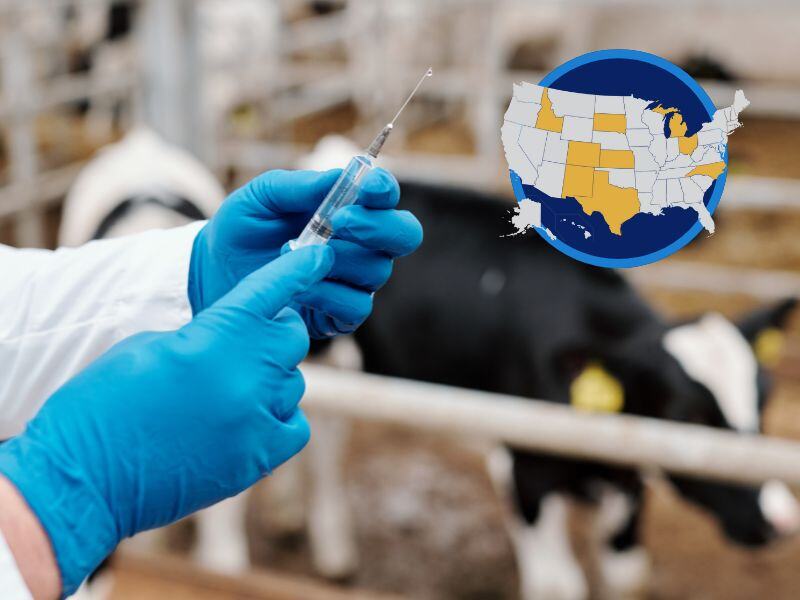H5N1 Bird Flu Outbreaks: Effect on Vaccines

The US Center for Disease Control (CDC) is reporting an ongoing outbreak of a "highly pathogenic" strain of H5N1 avian flu. So far, there have been 63 confirmed cases of infected dairy cows in nine US states. Also confirmed are two human cases, one in Texas and one in Michigan, both were farmers in contact with dairy cows infected with the virus. The CDC has said that it has not seen any evidence for human to human transmission.
- Strengthening Preparedness for the Next Pandemic: Interview with Ramin Sabet-Azad, CMC Lead, CEPI
- Vaccines After COVID: How the Pandemic Has Changed the Vaccination Market
- Vaccine Production for Better Global Access
This strain of bird flu emerged in wild birds in late 2020, but the current outbreak began in March of this year. Conjunctivitis (eye infection) appears to be the main symptom associated with human infection of H5N1, which was mild and short-lasting in the case of the Michigan dairy farmer.
US consumer milk has also tested positive for containing the virus, which has stoked concerns for public health. Despite the CDC's assessed 'low risk' of infection to the general public, the Financial Times reported that shares in vaccine makers Moderna and BioNTech rose in response to the outbreaks.
Furthermore, in the light of the outbreak, The United States and European nations are reportedly initiating work to prepare a H5N1 bird flu vaccine in order to avoid a pandemic situation. Reuters reported that the US was moving to collect a bulk of 4.8 million influenza shots from vaccine maker CSL Seqirus as a pre-pandemic measure.
U.S. Administration for Strategic Preparedness and Response Advisor Dawn O'Connell told Reuters that they were "looking closely" at the possibility of vaccinating farm workers and others in close contact with the virus.
Science also reported that The US Department of Agriculture (USDA) had put out a "request for information" vaccine companies that would be able to develop a bovine H5N1 vaccine.
Jamie Jonker, Chief Science Officer at the National Milk Producers Federation, told Science that The American Association of Bovine Practitioners (AABP) had met with vaccine manufacturers and as many as 10 of them expressed an interest.
He said: “If something was to be made available and shown to be efficacious and safe, I think there would be wide use of it.”
The world learned a lot from the pandemic – particularly, the speed at which it was possible to manufacture a vaccine and the importance of their wide-spread adoption when they're ready. The CDC still says the H5N1 outbreak has a low risk of turning into a pandemic, but this has not stopped efforts for pandemic preparedness stirring.







